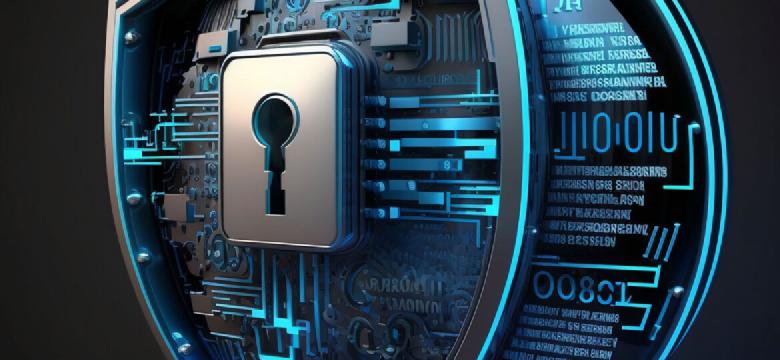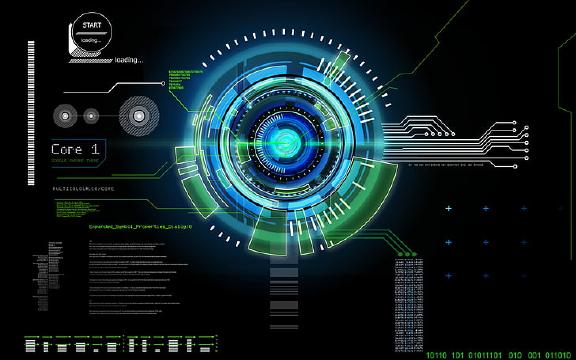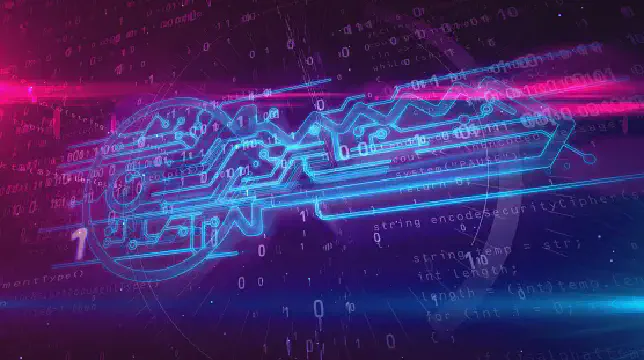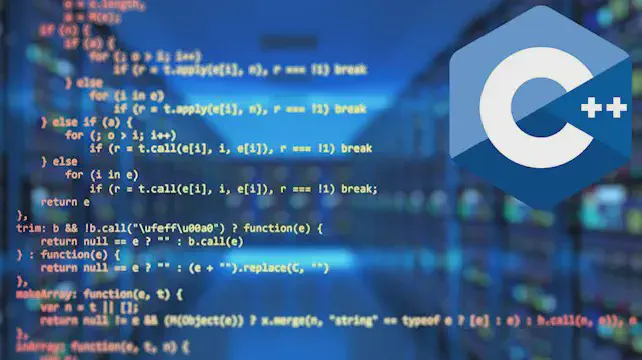Excerpt§
Explore the strengths and weaknesses of SHA, including potential vulnerabilities and possible attacks. Discover the importance of data security through encryption.
Introduction§
Encryption algorithms are essential tools that allow sensitive data to be securely stored and transmitted. They scramble data using cryptographic techniques to produce ciphertext that is incomprehensible without the proper decryption key. One widely used family of cryptographic hash functions is the Secure Hash Algorithm (SHA). But like all encryption, SHA has potential vulnerabilities that determined attackers may be able to exploit under certain conditions. In this post, we will provide an overview of SHA and analyze different methods that could allow SHA encryption to potentially be cracked.
Encryption relies on mathematical techniques to provide confidentiality, integrity and authentication for data. Understanding how algorithms like SHA can theoretically be compromised gives insight into the cat-and-mouse game between encryption designers and cryptanalysts.
Overview of SHA§
The Secure Hash Algorithm (SHA) is a family of cryptographic hash functions published by the National Institute of Standards and Technology (NIST) used to hash data in a secure one-way manner.
Different versions include SHA-1, SHA-2 (SHA-256 and SHA-512) and SHA-3. SHA is widely used for digital signatures, message authentication codes and other cryptography applications.
SHA utilizes cryptographic hash functions that map input data to a fixed length hash value in an irreversible manner. Even the smallest change in the input results in a significantly different hash.
Strengths of SHA§
SHA is considered highly secure due to:
- The use of sophisticated cryptographic hash functions that are one-way and deterministic.
- Resistance against pre-image, second pre-image and collision attacks owing to the hash length.
- Heavy mixing and diffusion within the compression function.
- High nonlinearity and complex round functions.
These make brute force and cryptanalysis extremely difficult for modern SHA variants.
Potential Weaknesses of SHA§
However, like all encryption algorithms, SHA has some potential vulnerabilities:
- Theoretically, brute force attacks are possible against weaker hashes.
- Advancements in cryptanalysis could uncover flaws in the round functions.
- Discovered weaknesses against older variants like SHA-1 could possibly exist in others too.
- Increasing computing power over time lowers the complexity of attacks.
Brute-Force Attacks§
Brute force attacks against SHA would involve trying every possible combination of inputs to generate the desired hash.
Given strong hash lengths of 256-512 bits, this method is infeasible with current technology. It would take thousands of years to crack hashes using brute computation power.
While brute forcing weaker SHA-1 hashes is approaching feasibility, modern variants remain secure against it.
Cryptanalysis Attacks§
Cryptanalysis uses techniques like linear and differential analysis to study the encryption algorithm and uncover weaknesses.
This involves analyzing the discrete logarithm problem, searching for mathematical relationships between inputs and outputs, exploiting insufficient avalanche effect or developing new methods to reduce hash complexity.
Success depends largely on hash length - 256-512 bits provides strong defense but smaller 160-bit hashes are vulnerable.
Collision Attacks§
A collision attack focuses on finding two inputs with the same hash - this is far easier than breaking the entire hash.
Researchers have demonstrated real-world SHA-1 collision attacks. However, practically executing them requires extremely high computational effort.
Newer SHA versions use larger digests and improved construction to guarantee collision resistance even against quantum computing.
Advances in Cryptanalysis§
The field of cryptanalysis is continuously evolving. New algorithms, computational power and mathematical insights improve the probability of cracking hashes.
Quantum computing also poses a major threat in the future if large quantum computers become viable to run advanced cryptanalysis algorithms like Grover’s algorithm.
These advances motivate the continuous evolution of hash functions to stay ahead of the latest cryptanalytic developments.
Conclusion§
In summary, while modern variants like SHA-256 and SHA-512 remain highly secure owing to their strong constructions, it is crucial to keep improving cryptographic primitives in anticipation of future advances in cryptanalysis. Regularly upgrading encryption protocols and migrating to new algorithms before vulnerabilities emerge is essential for robust data security.
Brute force attacks are infeasible today, but could become plausible in the future with exponential growth in computational power. Relying solely on the secrecy of the algorithm is dangerous - assuming that an encryption scheme can never be broken is poor security practice.
Organizations must proactively assess new threats and ensure sensitive data is protected through defense-in-depth strategies centered around strong, diverse encryption.















